PROTECT YOUR DNA WITH QUANTUM TECHNOLOGY
Orgo-Life the new way to the future Advertising by AdpathwayThat summer, they threw bombs and made signs for peace.
Article continues after advertisement
They went into the streets and the parks and the squares, the same as they had done two years before, and three years before that, and six years before that, and three years before that, which of course meant that they had never really left the streets and the parks and the squares in the first place.
There was a president in Washington and nine Supreme Court justices. There was a war in Europe. There was not yet a war in America because America fought its wars elsewhere. On the news, they spoke of complications and complexities. They spoke of gas prices and networks of risk. They spoke of supply chains and the specter of scarcity.
It was not an extraordinary year in a remarkable time. Disgusted, not surprised was the slogan of their era.
Still, they went into the streets and the parks and the squares. They lifted their signs. They shouted. They marched. They organized. They sued. They settled. Some wondered if the streets and the parks and the squares were themselves merely other settings for the unfolding of a vast play. But was this cynicism not merely an excuse for a lack of resolve? They had to believe in the possibility of change. The very possibility of freedom was freedom itself. So, they went into the streets and the parks and the squares. They smoked outside bars. They argued over what tomorrow might bring. The lesser among them, the timorous, the doubtful, and the wavering, stood back, watching, waiting for some greater sign, savoring their doubts.
Article continues after advertisement
It was a hollow time. It was a dull time. It was summer, and Manhattan steamed between two rivers.
Downtown, in his studio at the corner of White and Cortlandt Alley, on a Thursday evening in late July, Wyeth sat on his stool and considered the irresolute underpainting on his canvas. Since June, he had been working fitfully from a set of photographs he had taken on a blazingly sunny afternoon in Union Square Park when a group of people had arrived to protest the Supreme Court’s recent overturning of Roe v. Wade via Dobbs v. Jackson. In one such photo, protesters’ signs were an uneven horizon of partially obscured slogans: 22,000 WOMEN DI—Migrant Youth DENIED Abortions by Office—KEE ABO SA—OVERTURN ROE? HELL NO! Beyond the crowd, dark trees, and rising above the trees, a set of offices and apartments. One of the park lights, its white globes uncannily egg‑like, framed the right side of the field. In the photo’s bottom‑left corner, a child pressed to someone’s chest gazed directly at the viewer. The photo was not a photo of the child, a boy about three or four years old, but Wyeth had been thinking of it as the photo of the boy because the intensity and the directness of his gaze—almost a quiet hostility— inverted the focus of the image so that what you noticed was not the overwhelming totality behind him, but this little boy tucked in the lower‑left field. This perhaps had something to do with the curious luminance of the boy’s face, as in paintings of saints, as though the glow were the emanation of grace. Wyeth hadn’t gotten the exposure right, and greasy shadows overwhelmed almost all the fine detail in the boy’s image. Some of the signs were blown out, their messages lost to the highlights. The protesters themselves were all sharply in focus, but the boy, so near to the lens, was the only thing in the image not in focus, so that he seemed to emerge from some other place, from the real, as it were. The more Wyeth looked at the reference photo, the more the boy’s gaze chastised him.
There’s history happening, and you’re looking at me?
Otherwise, Wyeth’s worktable was a graveyard of reference prints depicting subjects he had already set aside, sketches in various stages of completion, torn paper, and cut canvas. Wyeth had taken several photos of a woman wearing three layers of denim vests, all filled with pins and slogans against fascism, against patriarchy, against the pipeline, against the former rapist in chief, against starving children, against book bans, against transphobes. She had more enemies than she had space on her vests to proclaim those enemies. She also carried a sign with still more policies and agencies she hated and resisted: Abolish ICE! Protect the wetlands! Save the mountains! Stop fracking! End corporate greed! Preserve the permafrost! Close tax loopholes! Defund the FBI! The woman’s gray hair, her sunglasses, her sharp nose, her soft chin, and her utterly humorless expression contrasted with the almost cartoonish proportion of her political expression. It would not have made a very interesting painting because the image’s juxtapositions were funny, but ultimately obvious. Wyeth had accidentally taken a photo of several people on an oblique with their heads bowed as if in prayer. To their right, a woman raised her hand, jabbing her index finger forward and shouting. Five people looking down was not an interesting shot in itself, and he’d totally missed the pointing woman the first time he looked. But when he did spot her, some new quality emerged from the image, a narrative. As if the people were a chorus of the voiceless, and she their avatar. This was likely not the case. They might have all looked down to check a news push alert or maybe there had been a call for a moment of silence, and the pointing woman had been moved to shout at that instant. There were innumerable explanations of varying degrees of plausibility, but that made the image interesting to him. He’d tried to sketch it, but the angles never seemed as natural as in the accidental shot. All of Wyeth’s translations were bad, forced, totally artificial.
*
Article continues after advertisement
In itself, working from photos didn’t constitute a radical departure in process from his usual method. He had always relied on references and citation in his painting. The issue was that he found the photographs inert because they depicted real things and real people. The content of the images was immutable, and any change he made in translating the photographs to canvas or to paper felt totally arbitrary and false. It had been a month of trying and failing to locate a scene within the mess and randomness of life as captured in the photographs from that day. Failing always because nothing he could draw or paint, nothing that he could extract from the substrate of those photographs, had anything like the strange spontaneity, ease, and ambivalence of life itself.
Typically, Wyeth worked from cinema, transposing scenes and compositions from films and filling them with black people he had imagined, so that, say, two black women stood drinking apricot juice from champagne coupes in the gorgeous but mildly eccentric apartment in Rohmer’s Conte de printemps. The younger woman smiling coyly, as if with a secret, while the older of the two, still young herself, anxious and polite, looks at the strange columns in the kitchen, trying not to be rude about it.
The dynamic between the women in the film and the women in Wyeth’s transposition of the film were, he thought, almost identical in content, but the viewer’s relationship to that dynamic was different because the two black women in such a setting had to have some accounting for how they had come to be there. This tension, this disbelief needing suspension, led people to say strange things about Wyeth’s paintings. Sometimes, Wyeth’s work was described as bourgeois, betraying a desire for black ease and affluence, trading in a corrosive and politically dubious desire to see black people rich or at the very least in luxurious settings. Sometimes, it was described as fantastical, depicting unrealistic and strange juxtapositions, as though the black people in his paintings had wandered into a genre or set of conditions totally discordant with what the viewer considered their actual reality.
*
As both realism and fantasy, his work disappointed people because there was never, some said, quite enough life in it. Early in the spring, Wyeth’s friend Bernard had said to him that his black people were always hypothetical and that this gave his work a sterile air. They’re cut off, Bernard had said, from real black life as it happens in the real fucking world. You make thought experiments, not paintings.
Article continues after advertisement
This was not the first time Wyeth had heard something like that, not even close (he had been to art school, after all), but it did crystallize something he had been feeling for a long time about his painting and his limitations. As a result, Wyeth set himself the task of painting from life like a documentarian rather than responding to how he felt when he watched neorealist cinema. Yet, all of his attempts ended in failure. The photographs would not yield. They remained impervious to his imagination. The painting was not going well.
All evening, Wyeth had been listening to an album of nocturnes by the composer John Field, performed by the pianist Benjamin Frith. The Field nocturnes and the active noise canceling of the headphones flattened all of life’s native sound and replaced it with thematically suggestive music. This false unity of image and sound transformed what he saw—his studio mates, the banal boredom of a Thursday evening, phones and laptops, stained paper towels, torn canvases, shredded sketchbook pages, and moldy water in buckets—into a scene, setting it off from reality. But while a scene might suggest real life, it was not real life itself.
He shared the studio with four other guys: Marat, Solomon, Aki, and Ferd. Late in the previous year, Wyeth took the place of an installation artist who rigged up sexually graphic tableaux involving adult‑size dolls dressed in the iconic wardrobes of famous cartoon characters. The artist left these tableaux around various parts of Brooklyn and Lower Manhattan, and once, he’d even done a pop‑up in Austin. But then, he’d been sued by a large multinational for breach of copyright and had pivoted to making adult content and other forms of digital sex work.
__________________________________
From Minor Black Figures by Brandon Taylor, published on October 14, 2025 by Riverhead Books, an imprint of Penguin Publishing Group, a division of Penguin Random House LLC. Copyright © 2025 by Brandon Taylor
Article continues after advertisement



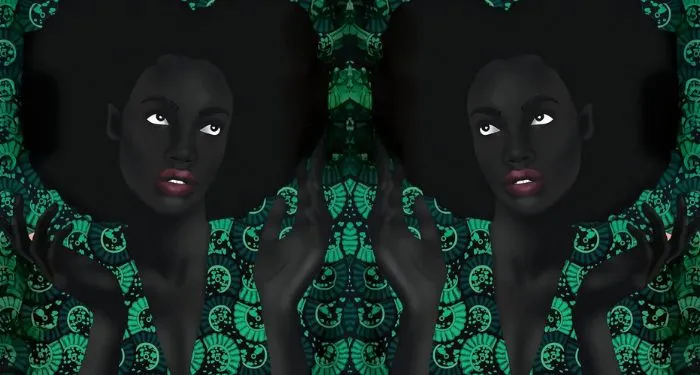
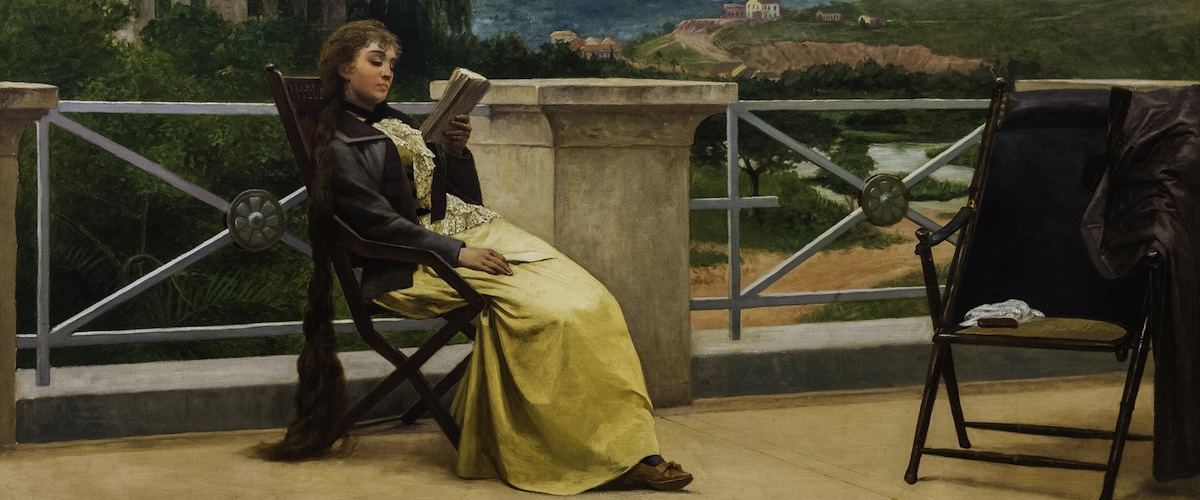
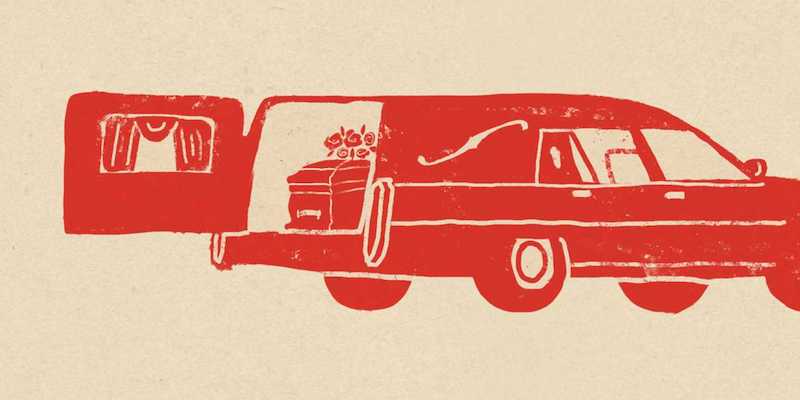
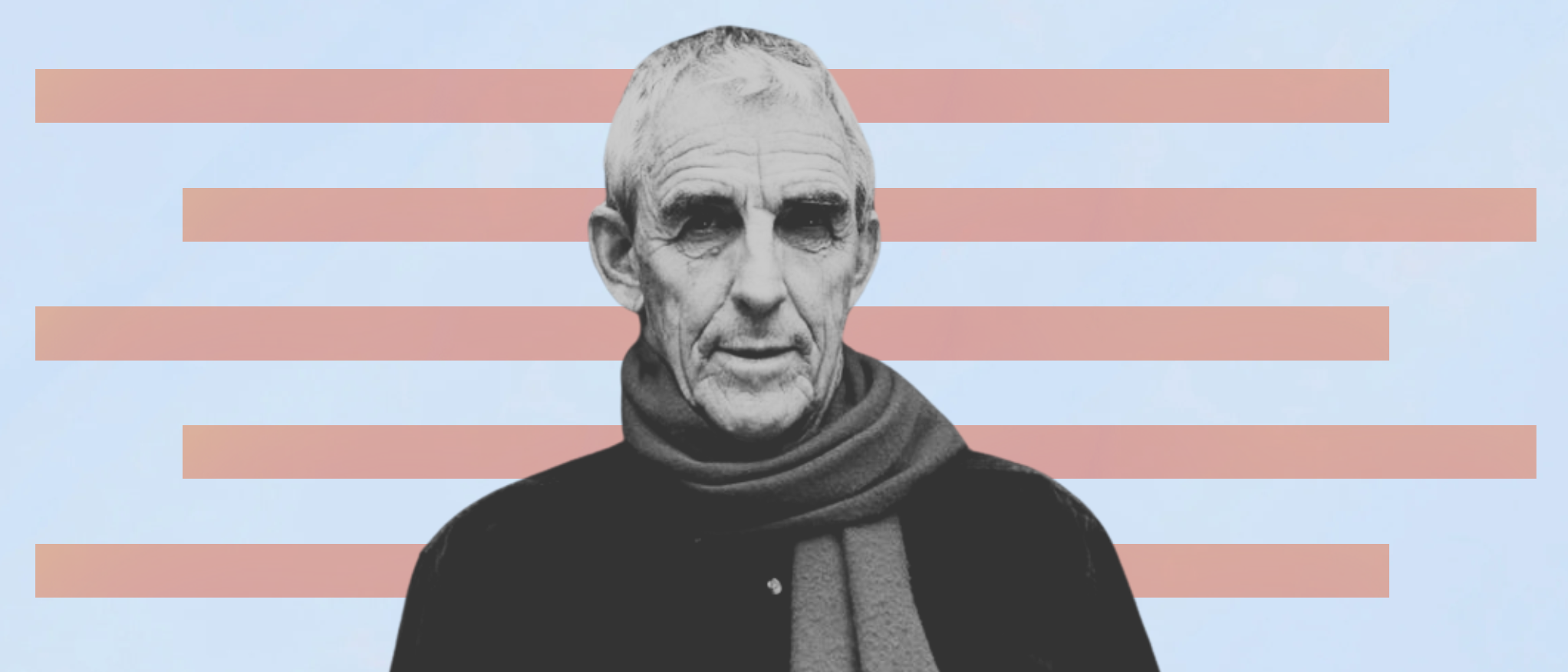


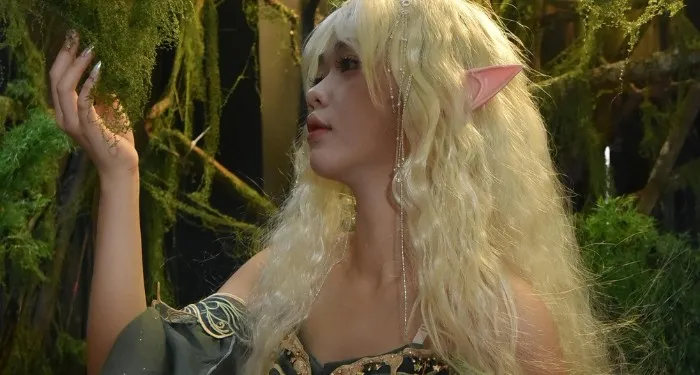











 English (US) ·
English (US) ·  French (CA) ·
French (CA) ·  French (FR) ·
French (FR) ·